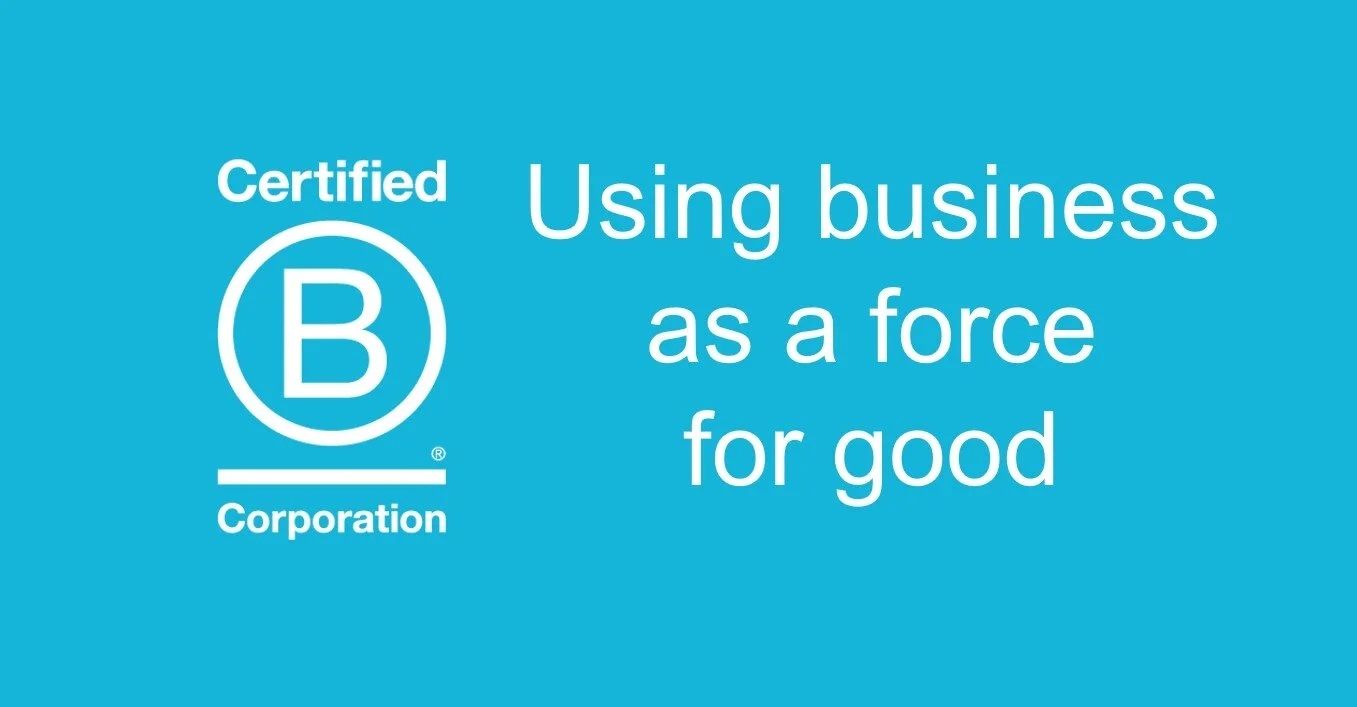It’s a challenging time for Small Business and a wild time to be a business owner right now.
COVID-19 has impacted the globe unlike anything in a very long time, and every business is feeling the effects, directly or indirectly.
Whether you’re worried about the current economic trends, regulations, or political rumblings, you will probably need to shift your perspective towards the short-term much more than normal in order to ensure that you can keep the lights running when disaster hits.
And one of the most important things to focus on is maintaining a healthy cash flow — the lifeblood of your business
So, to help, we’ve put together a list of the top 50 cashflow tips to help you SURVIVE… and THRIVE during challenging times.
One key principle that stands out at this unusual time is that “cash is king” — now more than ever!
Our hope is that this list and these ideas will help you weather the storm, and come out thriving more than ever. Get started now and let us know how we can best support you.
Here are the top 50 cash flow tips that you can implement NOW this week during this uncertain time…
1. Take over handling the accounts receivable (A/R), the money owed to you. Do this yourself and get the payments in!
Your focus should be where the company needs it the most, and right now, it’s getting money in the door ASAP.
2. If you aren’t comfortable going after money that is behind due and owed to you, get someone who is.
Now is absolutely the best time to collect what’s rightfully yours. Many people will naturally want to hoard cash at this time, so make it a priority to contact them early and often.
Whilst we all need to be sensitive during this time, you don’t need to be apologetic about asking for payment! You are in business for a reason, if you’re providing value don’t be afraid to ask.
3. Increase the frequency of follow ups.
Whether it’s following up on sales calls, partners, or customers, time is of the essence.
You need to make sure that things happen quickly.
4. Add an invoice to show the extra charges or balance due; this helps make it more “real.”
5. Start adding fees or interest for anything past-due or missed.
This will incentivise people and businesses to pay you back sooner or to have a conversation with you rather than simply ignore things. Be sensitive and offer to help if they connect.
6. Discount if someone pays in full instead of spreading the payments out.
Most will be looking to stretch their resources as far as possible, so provide incentives for those who pay in full instead of in payments!
7. Call any past due customers; most want to do what’s right and get things handled.
If you let it go unchecked, customers aren’t going to be knocking at your door telling you that they owe you money. However, if you remind them, they’ll most likely pay.
8. Pay close attention to your Accounts Receivable and try to monitor on a weekly basis.
Be vigilant and keep a close eye on your numbers.
9. For extreme measures of big monetary value, send a legal letter with it from your attorney (ideally you don’t have to get here!)
9 times out of 10, this will be enough to get most customers to pay up if they aren’t responsive to a phone call.
10. If offering a payment plan, be sure to add extra (i.e. we offer a 20% discount for paid-in-full customers vs. a longer term payment plan).
Remember to make it a bit more expensive for customers to opt for the payment plan. This gives them a bit of an incentive to go for the paid-in-full option.
11. Get your products out faster or service done faster so you can get the (remaining) payments faster (i.e. for web design that’s paid on fulfilment).
By speeding things up on the fulfilment side, you get money quicker, and you also free up company resources to focus on a new project.
12. Get paid more often (invoice more frequently or collect upfront!)…
For example, instead of offering a quarterly payment plan, have a monthly payment plan.
13. Go for longer-term contracts (and offer a discount). So, instead of having clients for 6 months, maybe you could consider extending that to be longer.
Long-term contracts can guarantee cash flow for a longer period of time!
14. Train your team to ask for discounts, price-matching, and extras from suppliers.
You get what you ask for… Have your team get in the habit of asking!
15. Create new strategies to improve your margins.
Have a meeting with your leadership team and find innovative ways to increase margins and cut the non-essential elements. Definitely involve your team on this. They often have some great ideas you might not have considered.
16. Focus on client retention (it’s cheaper than the cost to acquire a new customer).
Call up all of your clients and customers (or at least your top customers) and see how you can best support them. Strategise other ways to provide value and be indispensable so they stick around.
How can you over deliver and create customers for life? Use this time to differentiate yourself.
17. Review and cut out any potential waste (services, subscriptions, etc.) that are not:
a) Needs
b) ROI-driven investments into your business
Look at your business credit card bill and cut out what you’re not currently using. Subscriptions are a great place to minimise. You can always resubscribe again later on.
18. Look for opportunities to cross-sell. Look at what else you can offer your customers without using up too much of your team’s capacity.
19. Shift your team resources — to have more people focused on generating revenue. Odds are you have the resources there, now it’s time to utilise them in an improved way.
20. Create upsells (or downsells) for more ways to bring in cash.
Test different ways to solve your customer’s pain points at different price points, and get creative. What pains and needs are there that you can solve?
21. Create an “all hands on deck” culture (so the entire team is focused on short-term cash flow).
Rally your whole team around this. Let them know the enormity of the situation, but also ensure that there’s a high morale and buy-in as well.
22. You may have to pivot your business completely to go to a market that does have a budget to spend with you, or create a whole new product from scratch. What is a need you can solve in a big way? Do that.
23. Turn your offers into a recurring, subscription-based model.
This encourages customer retention, and also provides a stable source of consistent cash flow.
24. Use your business credit card to preserve cash in the meantime.
You could consider paying the minimums only (and not full balance), but this guide is not about building debt! Consult your financial advisor / accountant for the best decision here.
25. Stock orders “just in time” rather than “just in case.”
Don’t have stock just laying around, consuming space and precious money.
26. If you can run a promotion and produce quick cash, then consider running an advertising promotion so you make £2 in the next few days… but only have to pay £1 on the credit card balance in 30 days.
This is the optimal place to get to where you produce sales before you have to pay for the leads, but few businesses get to this point.
27. Use this time to refocus your product portfolio, cutting the weakest selling offerings or unprofitable products… and focus more on what works best — your main money maker.
28. Run a special marketing promotion either to your audience, on ads, to your email list, or whatever. Do a marketing blitz to inject some cash!
29. Focus on building a solid reserve of cash.
This is the #1 focus! Make sure you stay focused on this at all times to get ahead so that you have a longer runway to be able to survive the storm, as nobody knows how long the challenges will last.
30. Hire an accountant to help see where the opportunities are.
A good accountant will save you much more than what they charge.
31. Cut back on your personal salary.
See what your current personal expenditures are and where you can cut back for now.
32. Use technology to automate and systemize recurring tasks.
Software like SmartFlow, BluePrism and Zapier can help increase efficiency, freeing up your team for other tasks.
33. Look at doing an exchange instead of paying out of pocket. Where can you exchange services or resources?
34. Cut out low-margin services, products, and clients that are taking too much company resources.
Review your current products/services and see what you can cut out. That way, you can direct resources towards something that yields a better ROI.
35. Create a higher-end package and offering. Get an irresistible offer in front of the right target audience who could use your skills and bring in some more cash!
36. Utilise cash flow projections to have a big-picture view.
Have a spreadsheet or dashboard with projections in order to see whether or not you’re on track, or whether you need to make adjustments. Use the numbers to make the right short and long-term decisions, as a lot of people will not be making objective decisions right now so you can differentiate yourself from your competition.
37. Consider getting a loan or line of credit. Debt is usually not a great option, but right now having cash and liquidity is paramount, just be aware and wise to make the right long-term decision.
38. Negotiate discounts for using cash to buy.
Cash is very valuable right now, so make sure to get some kind of discount for using it.
39. Ask about incentives for early payment. Make sure to enquire about discounts or other things that they can provide you in exchange for paying in advance.
40. There are various ways to handle your team expenses, as this may be your biggest category of expenses.
Maybe you delay their payment, reduce their salary, pause their work (furlough), go from weekly payments to every two weeks, or have to cut staff.
41. Work to stretch out your payables so that the money isn’t due right now. This will buy you more time, and save you money in the short-term — but be wary of any interest or fees.
42. Consider selling a portion of your company to raise some capital.
This is another important longer-term decision to consider, but may be worth it to bring the right partner in who has cash. There are always people with cash looking for the right opportunities.
43. Improve your marketing and sales conversions.
Take a look at your current marketing strategy and sales calls. Find the low-hanging fruit that your team can implement immediately to produce better results. Sales is one of our favourite levers of all to help drive growth in a company!
44. Make it easy for people to pay you. Set up mobile and online payment solutions to get paid quicker.
Speed is the name of the game right now. Make sure that you reduce the friction of getting paid as much as possible, and make it easy for your customers.
45. Consider getting a Small Business Grant Fund for this time. There is a special disaster grant programme that you can get for financial hardship caused during this wild market. Learn more here
46. Shorten your sales cycle. Maybe in the past it’s taken months or weeks, look at adding urgency with a deadline for people to decide and shorten your sales cycle to drive more cash in the short-term, even if at a minor discount.
47. Work with your merchant account to get next day funding instead of having it take two, three, or more days to settle into your bank account.
48. Get JV (joint venture) partners – how can you create a win-win-win by partnering up with others who you can collaborate with and serve their/your audiences?
Now is a beautiful time to create synergies and collaborate. This can be a smart way to get more done faster to inject cash.
49. Make deposits mandatory; if you can’t get paid upfront, then at the very least, get a deposit.
50. Review the numbers and targets regularly, especially as it relates to your cash.
At the beginning of each day, look at the overall numbers to have an accurate picture of the current health of your business.
Make sure you’re aware of your cash flow at all times. Get a text update every single day with your business cash balances to keep it front and centre in your mind. With most banks this is easy to set up.
Having this clarity will have you making the best decisions possible.






